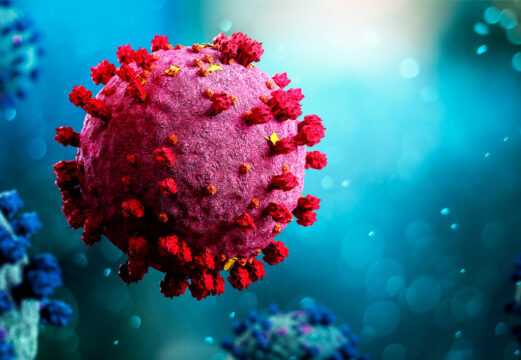According to the CDC (Center for Disease Control and Prevention), even though rare, a relationship between myocarditis and mRNA COVID-19 Vaccines definitely exists. Such risk is more prevalent among men, teenagers and young adults a few days following the second dose.

Globally, the risk is low: 4.4 of cases per million after the first dose and 12.6 cases per million after the second. When considering only women, the risk is 4.7 cases per million, while in men, it is approximately 6 times more likely, with 32 cases per million.
For the second group of technicians monitoring COVID-19 vaccine safety, at present, the risk/benefit ratio clearly favors teenagers and young adults.
By mid-June 1226 cases of myocarditis/pericarditis had been reported, possibly associated to vaccination. Mean age was 30, and 66% were men, with symptom onset within 4 days after vaccination. Less than half these cases have been effectively linked to vaccination, while the rest continue under scrutiny.
80% has seen complete recovery and only 9 are still hospitalized at the time of this report.
This has sparked social debate, since it is precisely the young who present the lowest risk of hospitalization or death in case of infection.
Read also: Direct TAVR vs. Predilation: Potential Cost of a Simpler Procedure.
However, with most of the elder population already vaccinated, it is now when the virus is spreading amongst the young.
To get an idea of the risk/benefit ratio, we should bear in mind that for every million men between 18 and 24 who get vaccinated, we prevent around 12,000 COVID-19 cases, 530 hospitalizations, 127 ICU cases and 3 deaths, vs. around 30 myocarditis cases. These figures leave no doubt about the benefit of vaccination. For women of this same age, we should prevent the same number of events vs. only 4 or 5 cases of myocarditis.
This without taking into account cases of systemic multi-inflammatory syndrome in children and post COVID-19 symptoms (fatigue, insomnia, rhinorrhea, muscle pain, headache, lack of concentration, exercise intolerance, dyspnea and chest pain.).
Read also: Bifurcations: A Long Return Journey.
Vaccinating the young leads to lower community transmission and that should protect against spreading and new variants.
Original Title: Myocarditis and Pericarditis Following mRNA COVID-19 Vaccination Updated June 23, 2021.
Reference: https://www.cdc.gov/coronavirus/2019-ncov/vaccines/safety/myocarditis.html.
Subscribe to our weekly newsletter
Get the latest scientific articles on interventional cardiology





